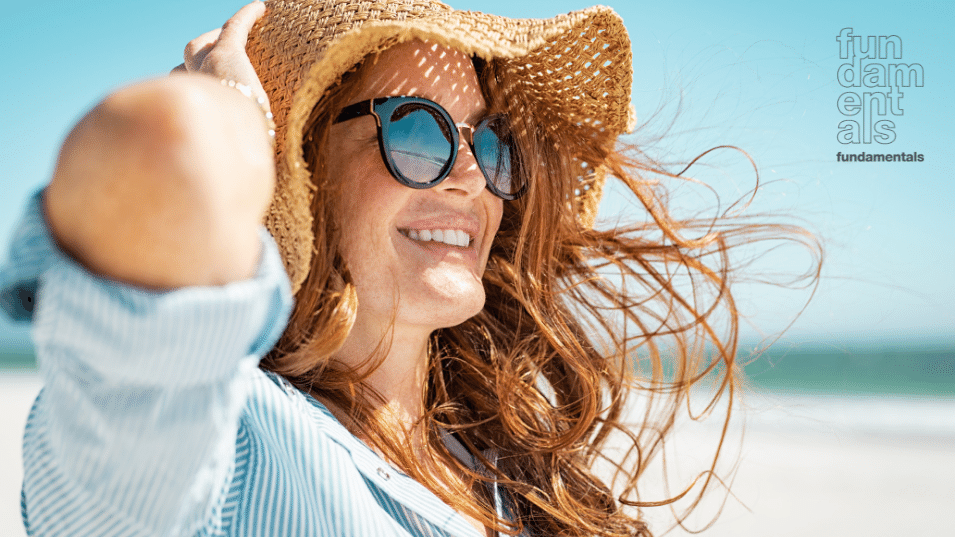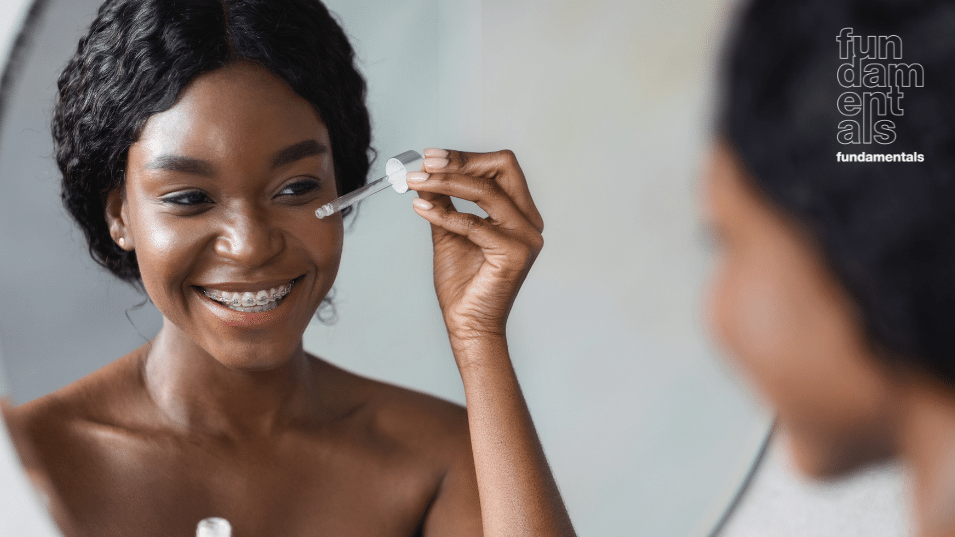As we spend more time outdoors as Spring and Summer approaches, skincare brands such as local skincare company Fundamentals Skincare stress the importance of sun safety when stepping outside. The key to sun safety is understanding the exact effects the sun has on our skin and how to protect ourselves.
What does the sun do to the skin?
Over and above the light we see being emitted from the sun, there are two types of ultraviolet (UV) radiation that is also emitted. Namely: Ultraviolet A (UVA) and Ultraviolet B (UVB) – which are absorbed through our skin. UVA radiation, is also emitted from tanning beds which is the more damaging of the two.
Natasha Davel, Brand Manager at Fundamentals Skincare said: “While absorbing excessive amounts of both types of UV radiation damaging skin cells, your body has ways to repair itself. Occasionally, this repair process can result in mutations that turn into skin cancers. Essentially, the more you ask your skin to repair itself, the more opportunities you have for potentially cancer-causing mutations to occur.”
How can you protect your skin from the sun?
The best approach for protecting your skin involves limiting your sun exposure. While Vitamin D is essential for our bodies, we should not be overdoing it in the sun. When outdoors always seek shade whenever possible through shelter, wear wide-brimmed hats or umbrellas and use sunscreen with at least an SPF of 30.
“You can get some level of ultraviolet A all year round. Even when the UV index is pretty low, sun protection can help keep you looking younger by preventing skin spots and wrinkles. So, if not for skin cancer, wear your sunscreen for vanity,” added Davel.
What to look for in a sunscreen?
The first thing most people look for is the Sun Protection Factor (SPF), which measures how much protection from UV radiation the product provides. An SPF of 30 and higher is recommended by professionals for longer-lasting protection.
“Applying sunscreen to your face and hands each day can help prevent sun damage, keep your skin looking younger and lessen your risk for skin cancer,” explained Davel.
There are two types of sunscreens, ones that use chemical filters to protect against UVA radiation and others that use ingredients such as zinc oxide or titanium dioxide, otherwise known as inorganic or physical filters to create physical barriers on the skin for UVA and UVB rays.
“With most sunscreens only lasting on the skin for about 80 minutes at most – or considerably less if you spend time in the water – you need to be reapplying your SPF / sunscreen throughout the day to provide the best protection and adequate sun safety for your skin. Prevention is always better than cure,” concluded Davel.





